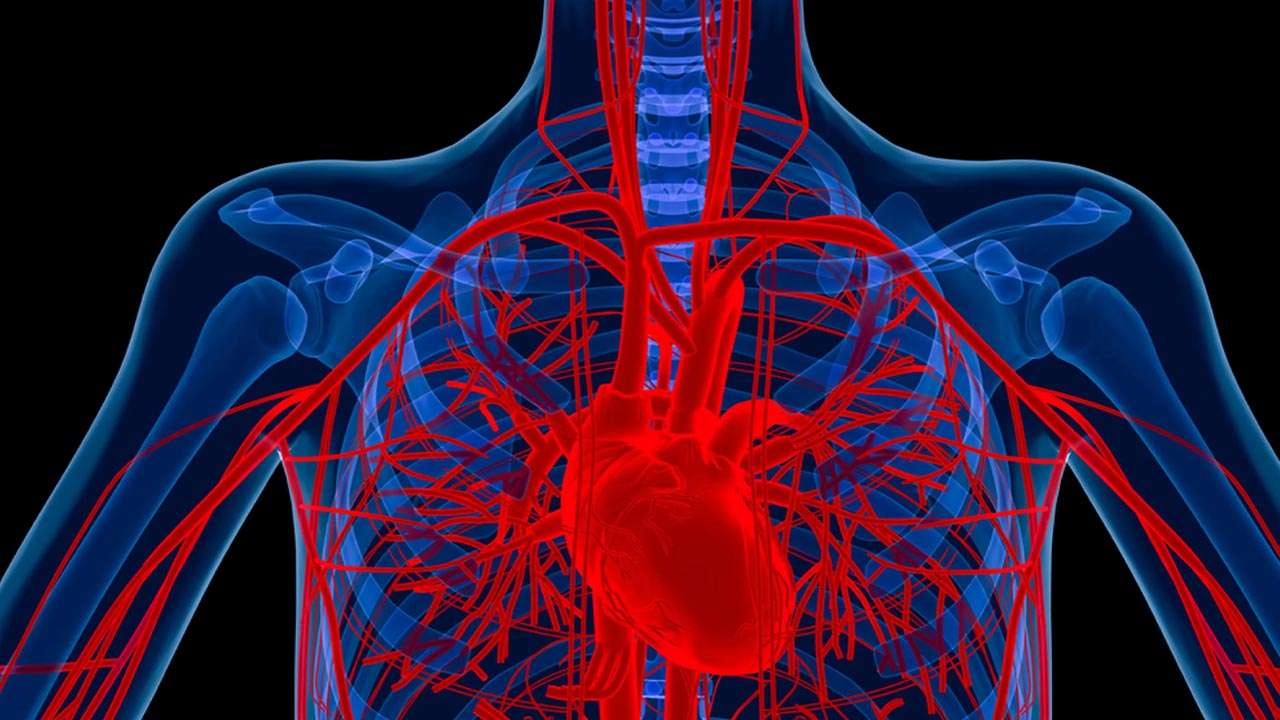The purpose of a vein is to work opposite gravity and make the blood reach back from the legs to the heart. In conditions like vascular disease, the blood may be insufficiently flown through the veins or arteries for various reasons. This may cause blood to pool in the extremities, causing various symptoms like pain, swelling, itching, skin discoloration, and cramping. When you are about to seek vascular treatments, make sure that the physician who specializes in treating such conditions has board certified and is a diagnostic radiologist with added-on fellowship training in vascular and interventional radiology. The diagnosis may start with digging deep into the patient’s medical history, which leads to a physical exam and ultrasound to evaluate the vessels beneath the skin’s surface.
But the question that arises the most while looking for treatment is whether vascular treatments can be done without surgery. And the answer is yes. Some minimally invasive treatment options do not require surgeries; let us look at how they work.
Non-Surgical Treatments
With the advancements in the world, the fields of medicine have advanced, too, and the treatment of vascular diseases has changed significantly in the last decade. It no longer requires large incisions to remove the problem. The minimally invasive options have become the new norm now. These apply to the tiniest spider vein to the large varicose veins. The new techniques use heat, glue, and solutions injected directly into the veins.
Depending on the individual’s condition, the treatment may be based on a single type of treatment or a combination of them.
1. Compression therapy
Compression therapy is one of the most conservative methods to treat vascular diseases. Compression stockings may be used that are designed in such a way as to apply specific pressure to the leg area to alleviate the discomfort and swelling. It does not require a prescription.
2. Endovenous ablation
A technique in which heat is used in the form of either radiofrequency or laser energy, depending on the requirement, to cauterize a vein with any abnormality and switch the blood to a usual vein.
3. Sclerotherapy
Sclerotherapy is when doctors inject a solution directly into the abnormally working veins via a very tiny needle. This causes them to contract and collapse. After such a treatment, the patient may be expected to resume normal routine activities within a day.
4. Microphlebrctomy
It is just another minimally invasive technique involving tiny nicks in the skin by which the vein problem is eliminated. There isn’t any requirement for stitches because the incision is minimal and can be done by local anesthetics. This is most common for large and bulging veins. The patient is expected to work and walk immediately after this and can carry on with the usual routine activities, but most people wear compression stockings for a week.
Minimally Invasive Techniques
Removing the varicose veins with minimally invasive treatments that do not require surgery does not affect the blood flow because these veins get replaced by other healthy veins. However, if your symptoms are severe and you need professional assistance, book an appointment with a board-certified vascular surgeon / interventional radiologist today.




